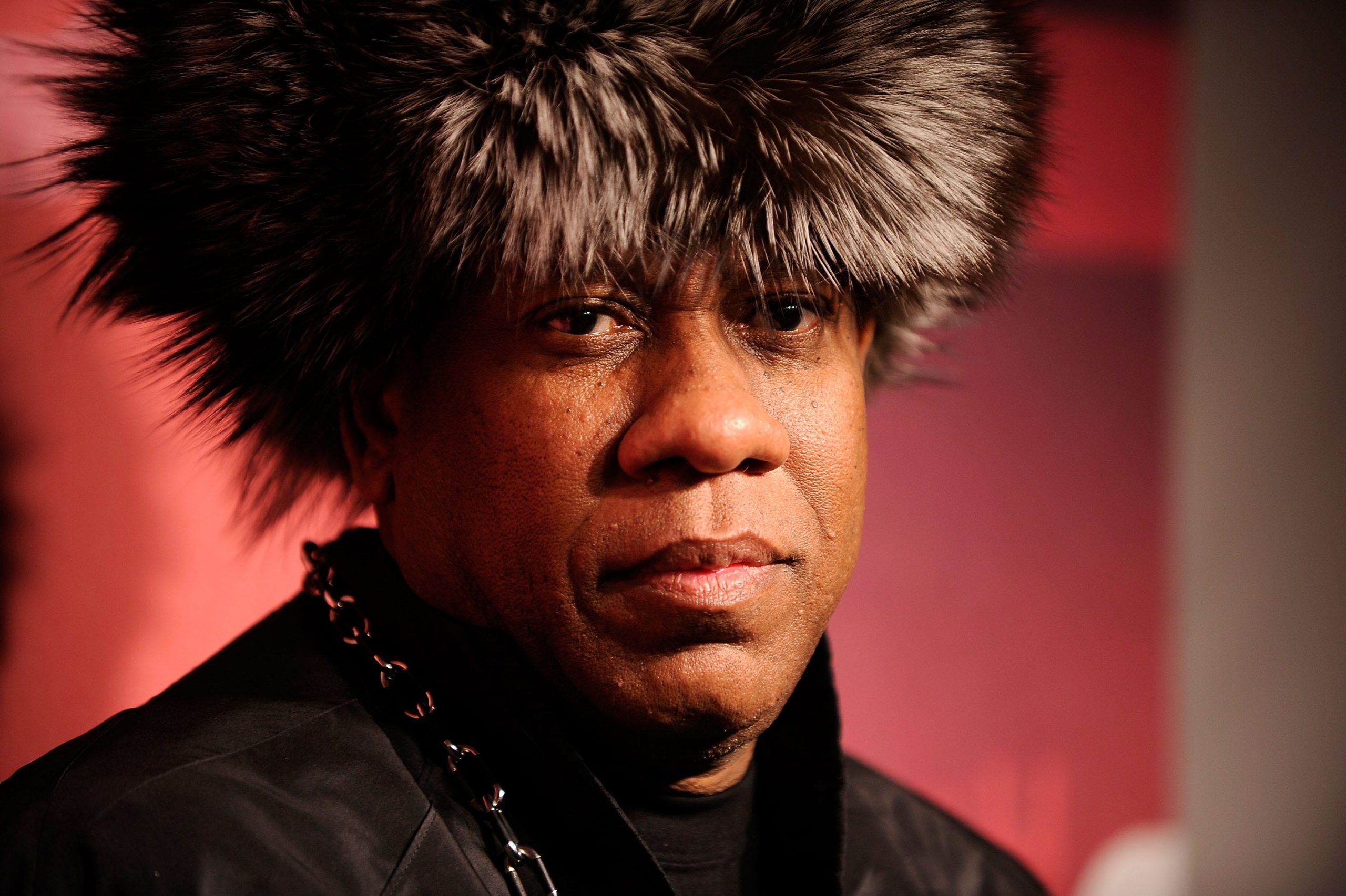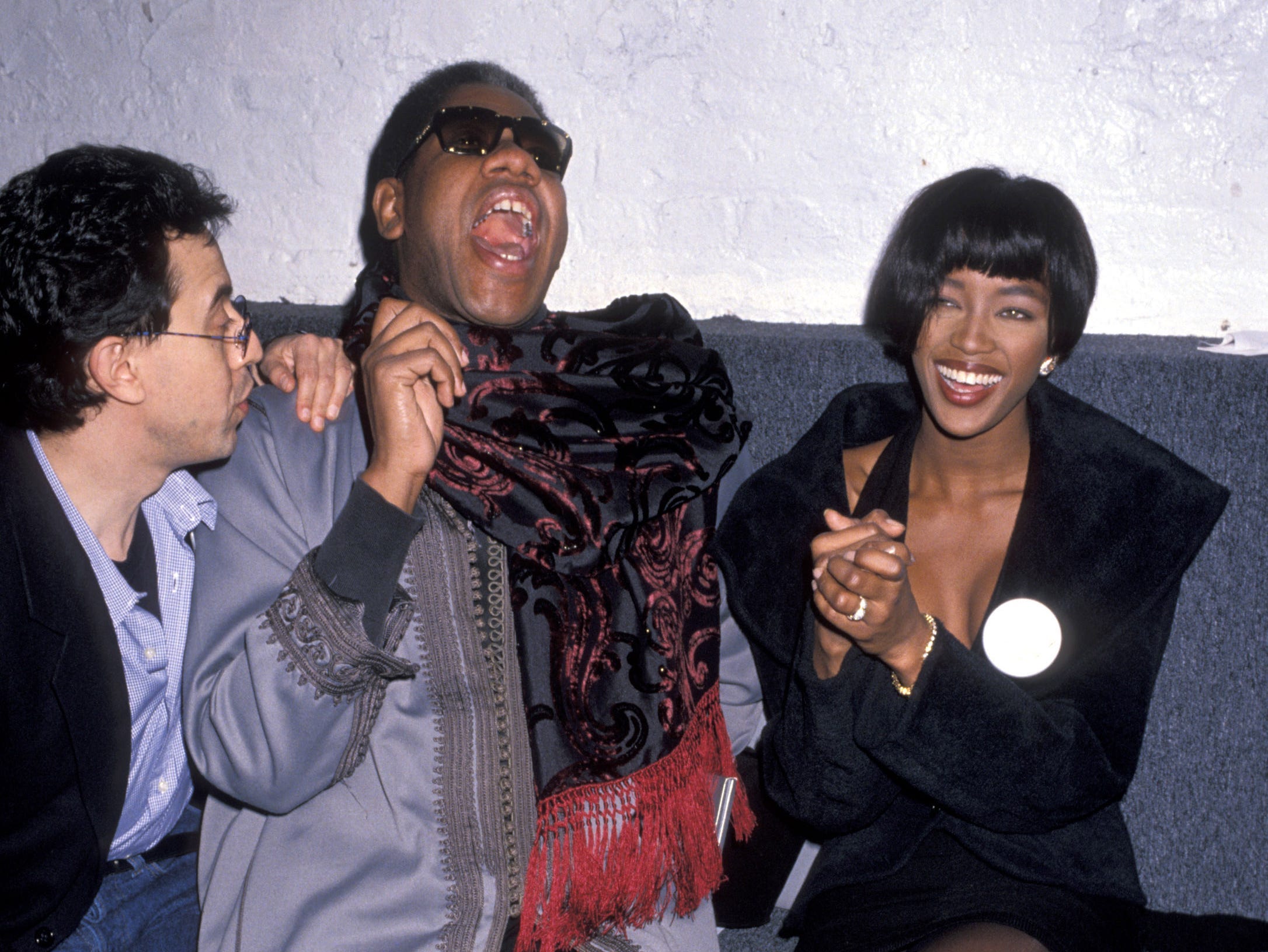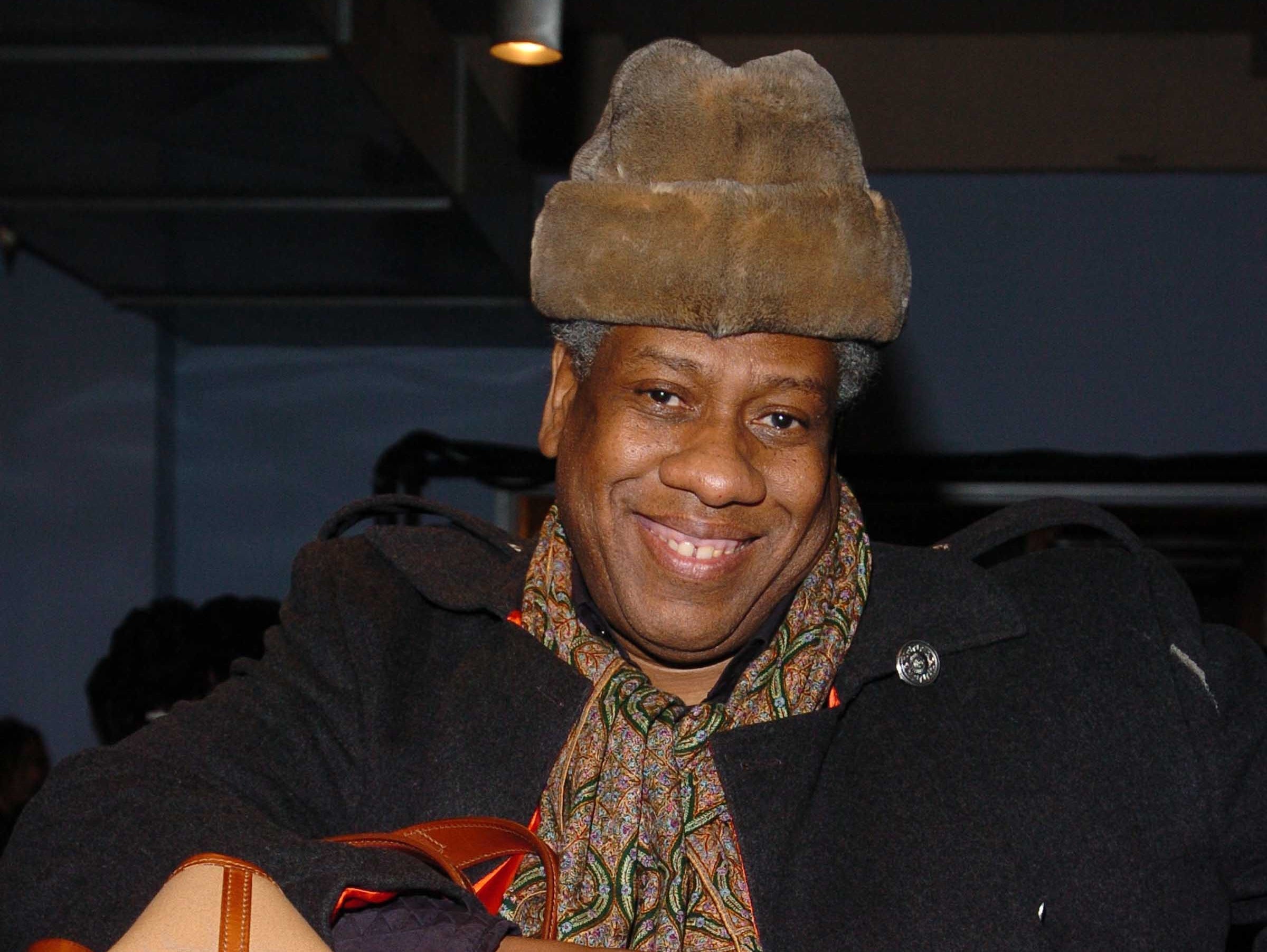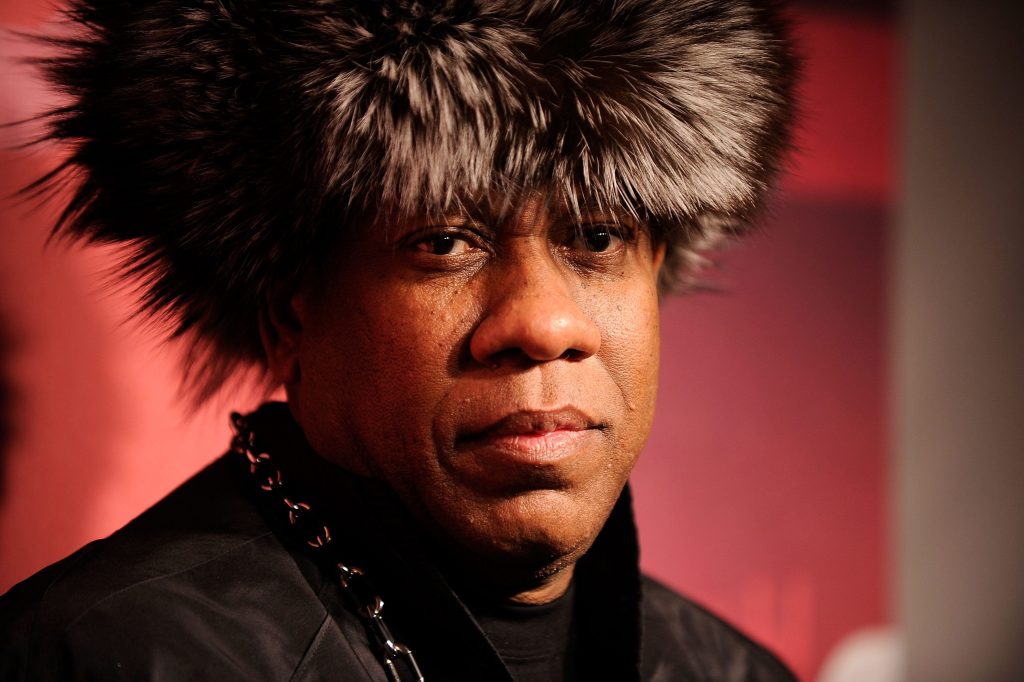
- André Leon Talley, who died last week, wasn't just a fashion icon — he was a champion of diversity.
- A Black queer man, Talley made it a point to mentor and sponsor other artists of color.
- Fashion experts said his impact on American culture was immeasurable.
As Rihanna ascended the steps at the 2015 Met Gala draped in a yellow Guo Pei fur-trimmed cape with a train that went on forever, the venerable fashion editor André Leon Talley waited to interview her.
"I love a girl from humble beginnings who becomes a big star," he said to a nearby camera. "It's like the American dream — that's how you do it."
Talley's words about Rihanna hold true about himself: He represented the American dream. Talley, the 6-foot-6 queer fashion icon who died last week, withstood racism and homophobia throughout his life and rose to become Women's Wear Daily's Paris bureau chief, the first Black creative director and later editor-at-large at Vogue, a judge on "America's Next Top Model," an author, and the subject of a documentary, "The Gospel According to André."
Talley opened doors to make the American dream possible for others who'd historically been shut out of the fashion and entertainment world, and he was an outspoken advocate for diversity. He was almost always the only Black fashion critic in meetings (and was tokenized for it). He was the target of racist slurs; fashionistas labeled him "Queen Kong," and LouLou de La Falaise, Yves Saint Laurent's muse, called him the N-word. Fashion became his armor, he wrote in his 2020 memoir, "The Chiffon Trenches" — "the blinders I had to keep on in order to survive."
"He was a history maker," said Judith Gaffney, a professor at the Fashion Institute of Technology. "He was one who pioneered and made space. Even though there wasn't space for him, he made space."

A bastion of representation
For many Black designers, stylists, and creatives, Talley was the role model the fashion industry had so clearly lacked. As he made a name for himself in Paris and New York, he honed his sense of style. He consistently wore bold colors, loud accessories, and long capes. At fashion shows, he sat in the front row.
"There weren't any Black men who would sit in the front rows of these fashion shows. It was unheard of," Gaffney said. "It spoke volumes to people about diversity and inclusivity. He was sending a message: 'You can get a front-row seat if you're determined.'"
Talley spoke truth to power. In a Washington Post column about Tyler Mitchell, the first Black photographer to shoot a cover for Vogue — the September 2018 issue featuring Beyoncé — Talley praised the moment but pointed out how long it had taken the magazine to use a Black photographer for its cover. He lauded the editorial's cultural richness and its homage to the Black women who'd dreamed of gracing Vogue but never had the chance.
"It's been a long time coming, and it should be embraced, this unique moment 126 years into Vogue's legacy," Talley wrote.
Talley wasn't afraid to challenge industry icons or speak about the racism he experienced. In 2020 he told a fashion student organization at Brown University that Anna Wintour protected her white privilege at Vogue. That year he published "The Chiffon Trenches," in which he recalled his being beaten as a kid for being "in the white part of town."
"He was never supposed to be in the spaces he was in," said Kingsley Gbadegesin, a fashion designer who's worked with the likes of Lil Nas X and Issa Rae. "I am so thankful for the brunt of all the work that he's done."

A loving and inclusive cultural icon
Talley consistently created opportunities for others.
He cast Naomi Campbell as the Southern belle Scarlett O'Hara from "Gone with the Wind" in a 1996 editorial for Vanity Fair; he called it "Scarlett 'N the Hood." Talley mentored Campbell, and under his direction she became the first Black woman to grace the cover of Vogue's September issue — the largest and most important issue of the year.
As Michelle Obama's stylist, Talley introduced her to Jason Wu, then an emerging designer, who went on to design her inauguration gown. Talley also wrote her Vogue cover story after she became the first lady. He never hesitated to congratulate Black artists on their achievements, sending praise to The Washington Post's critic-at-large Robin Givhan when she became the first person to win a Pulitzer for fashion writing.
Edward Enninful, the first Black editor-in-chief of a Vogue magazine, said Talley paved the way for him. The designer Marc Jacobs said Talley "championed" him, while Zac Posen called Talley his "fashion angel," adding that Talley's "belief in my work meant so much to me."
Talley was close with the "Saturday Night Live" star Leslie Jones; with George Malkemus III, the CEO of Manolo Blahnik; and with Rihanna. His impact wasn't limited to fashion — it was on pop culture at large, Gbadegesin said.
"He led with love," Gbadegesin said. "His influence knows no bounds."
